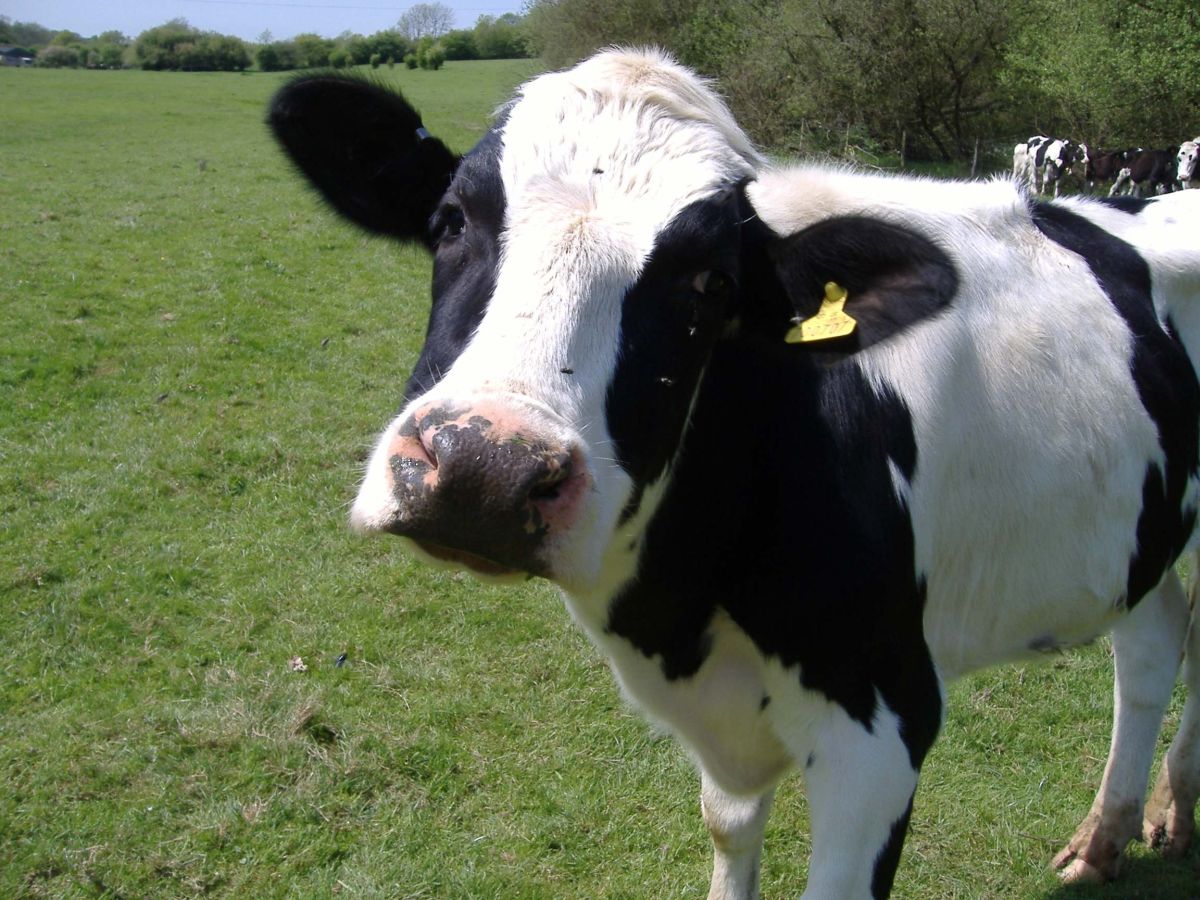
Adapting milking parlour routines to ensure optimum timing for cluster attachment could help many dairy herds increase milk yields, achieve faster milking times and reduce the risks of mastitis.
This was the view of Synergy Farm Health dairy vet Alastair Hayton, speaking at a Livestock Event seminar sponsored by MSD Animal Health (known as Merck Animal Health in the United States and Canada), who said a 60-90 second time period from first udder contact to cluster attachment was critical to optimal milking performance.
“The cow requires a physical stimulus, gained from the teats being handled during teat preparation, in order to release oxytocin, the hormone that triggers milk letdown,” he explained, “and the process from stimulus to milk flow is not instantaneous.
“If clusters are attached outside the optimum 60-90 second time period, something called bimodal milk flow can occur and this will result in reduced yields, a slower overall milking time and potential damage to teat ends that can ultimately mean a greater risk of mastitis.”
Where sub-optimal performance in relation to clinical and sub-clinical mastitis and milk quality linked to parlour performance is occurring, Mr Hayton recommended a ‘gold standard’ pre-milking routine of strip, dip, dry and apply. He said that the routine should also ensure optimum timing between first stimulus and cluster attachment.
“There is plenty of contention around the value of fore-milking, and varying views on wet and dry teat wiping and the merits of pre-dipping,” he said, “and different approaches will suit different herd and parlour situations. However, avoiding the consequences of bimodal milking by ensuring the right timing of cluster attachment is an area where many herds could see benefits.”
